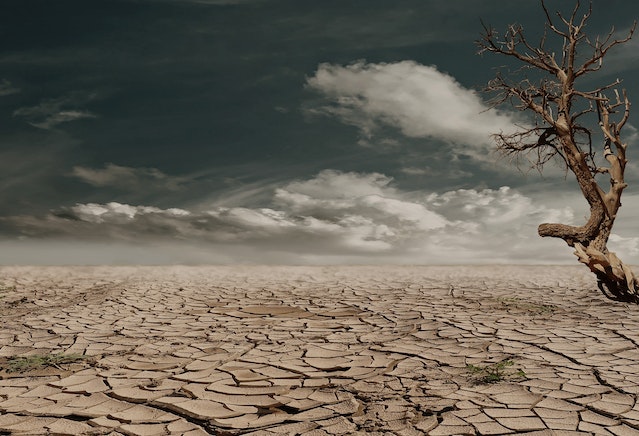Australia is facing longer fire seasons, more intense tropical cyclones and oceans riddled with acidity due to rising global temperatures.
The country’s climate has warmed on average by 1.47C since national records began in 1910, according to the new State of the Climate report released on Wednesday.
The eight years from 2013 to 2020 were the warmest on record, with 2019 taking the top spot for the hottest recorded year.
“Concentrations of greenhouse gases are at the highest levels seen on Earth in at least two million years,” director of the CSIRO’s Climate Science Centre Jaci Brown said.
Since the 1950s, extreme fire weather has increased and fire seasons are starting sooner and ending later.
The increased rainfall in recent La Nina seasons can heighten fire risks because thick vegetation dries out and creates fuel loads.
Environment Minister Tanya Plibersek said the report’s findings reinforced the need for further climate action.
“It reminds us that we need to prepare for the worst,” she told ABC TV on Wednesday.
“We have managed to join with like-minded countries to stop that watering down (of international climate targets) but it will take global action, we need to do our share here in Australia.”
The report from the Bureau of Meteorology and the CSIRO found Australia in the coming decades will experience increasing air temperatures and decreasing cool-season rain, with short but heavy rains expected.
Sea levels will continue to rise and warmer ocean temperatures will mean coral bleaching becomes more likely across the country’s coastline.
“We’re seeing mass coral bleaching events more often and this year, for the first time, we’ve seen a mass coral bleaching on the Great Barrier Reef during a La Nina year,” Dr Brown said.
Australians will experience fewer tropical cyclones, but the ones that do eventuate will be more intense.
As those in flood-affected areas could attest to, the intensity of short rainfall events has increased by 10 per cent per storm.
The report comes following widespread flooding in parts of NSW and Victoria.
Government Services Minister Bill Shorten said it was still too early to determine the cost of the flood damage,
“The costs are enormous … it’ll run into hundreds of millions, if not billions of dollars,” he told ABC Radio.
“There’s the individual cost when you have flood damage and water across the floorboards. It is nothing short of a disaster.”
Science Minister Ed Husic said the Labor government was listening to the science.
“We are acting across government to bring down emissions while creating jobs and economic opportunity,” he said, pointing to $3 billion set aside from the National Reconstruction Fund for renewables and low-emission technologies.
The State of the Climate report has been published every two years since 2010.
Neve Brissenden and Andrew Brown
(Australian Associated Press)





